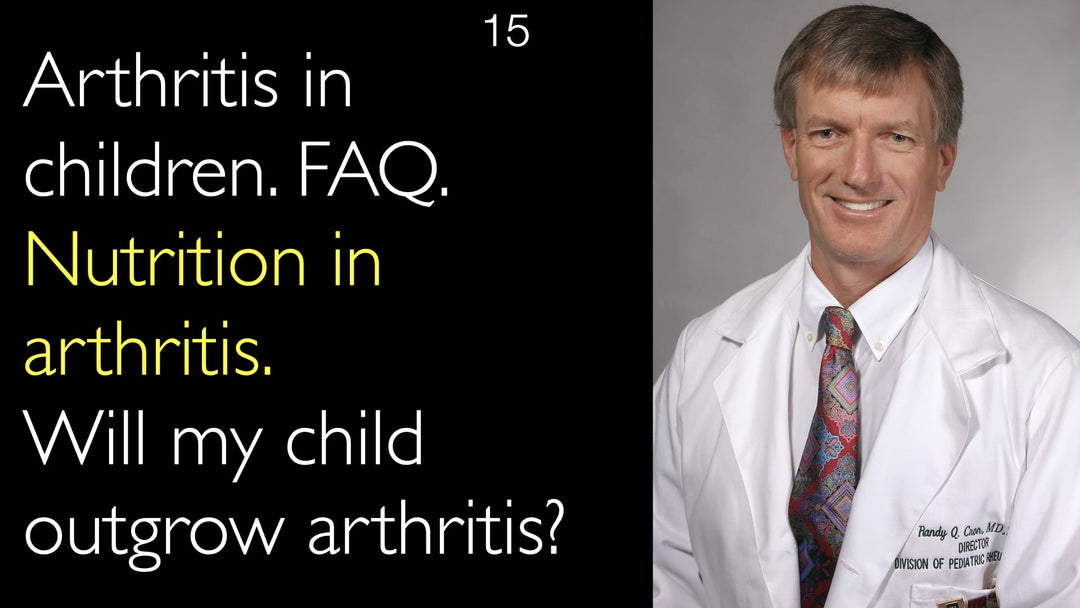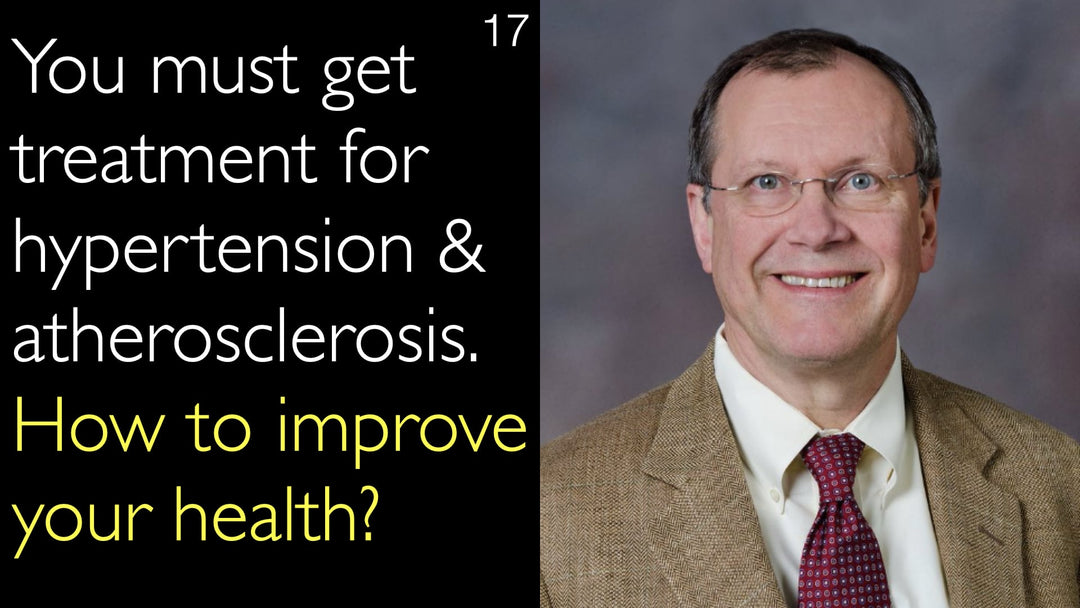Leading expert in clinical trials and pharmacovigilance, Dr. Stephen Evans, MD, explains the fundamentals of clinical trial design and analysis. He discusses the challenges of conducting rapid research during the COVID-19 pandemic. Dr. Stephen Evans, MD, highlights the critical importance of randomization, blinding, and sufficient sample sizes. He uses the example of hydroxychloroquine to illustrate that all effective medications have adverse effects. The interview provides a clear overview of how valid treatment comparisons are made.
Understanding Clinical Trials: Design, Analysis, and COVID-19 Research Challenges
Jump To Section
- Clinical Trial Fundamentals
- Randomization and Blinding
- Sample Size Importance
- COVID-19 Trial Challenges
- Hydroxychloroquine Case Study
- Drug Safety Principles
- Full Transcript
Clinical Trial Fundamentals
Dr. Stephen Evans, MD, explains the core objective of clinical trials is to make valid treatment comparisons. The ideal scenario would involve treating a group of people, then rewinding time to treat the same group with an alternative or no treatment. This theoretical model helps isolate the true effect of a medication. Since this is impossible in reality, researchers use control groups for comparison instead.
Dr. Stephen Evans, MD, emphasizes that simply observing outcomes without a controlled design leads to an observational study. These studies cannot guarantee that the groups being compared are truly similar at the start. The fundamental goal is to ensure any differences in outcome are due to the treatment itself and not other factors.
Randomization and Blinding
Randomization is the gold standard method for creating comparable groups in a clinical trial. Dr. Stephen Evans, MD, states that randomly assigning patients to either the treatment or control group ensures the groups are similar on average. This process minimizes bias and confounding variables that could distort the results.
Blinding, where participants and sometimes investigators are unaware of who is receiving the treatment, further reduces bias. Dr. Stephen Evans, MD, notes that objective outcome measures, like mortality, are crucial. Subjective outcomes can be influenced by expectations if the treatment assignment is known, potentially compromising the trial's validity.
Sample Size Importance
Adequate sample size is critical for detecting a true treatment effect. Dr. Stephen Evans, MD, explains that studying too few patients can lead to misleading results due to random variation between individuals. For example, if a patient in the treatment group has a poor outcome, it might be due to their initial health status and not the medication.
The required number of participants increases significantly when studying rare outcomes. Dr. Evans illustrates that a 1% mortality rate would necessitate a trial with thousands of patients to have enough statistical power to see a meaningful difference between groups, if one exists.
COVID-19 Trial Challenges
The COVID-19 pandemic created an unprecedented urgency for clinical trials. Dr. Stephen Evans, MD, discusses how this rush involved testing both new medications and repurposed existing drugs. The speed of research sometimes led to trials using different methods or changing their goals mid-study based on rolling data analysis.
Dr. Evans acknowledges the real costs of this accelerated pace, including potential confusion for front-line physicians and the risk of conflicts of interest. The interview with Dr. Anton Titov, MD, explores how the scientific community navigated these challenges while striving to maintain research integrity.
Hydroxychloroquine Case Study
Dr. Stephen Evans, MD, uses hydroxychloroquine as a prime example of a repurposed drug studied during the pandemic. This medication had an established history of use for malaria and autoimmune diseases, meaning its safety profile and common adverse effects were already well-documented.
This prior knowledge was crucial for contextualizing new trial results. The case of hydroxychloroquine highlights the difference between investigating a completely novel compound versus one with extensive existing human data.
Drug Safety Principles
A central tenet of pharmacology is that all effective medications have side effects. Dr. Stephen Evans, MD, offers a key aphorism: "Every effective drug has unwanted effects, usually adverse." This principle underscores that the idea of a completely safe, side-effect-free medication is unrealistic.
Understanding this reality is vital for both clinicians and patients. Dr. Evans's discussion with Dr. Anton Titov, MD, reinforces that the benefit of a drug must always be weighed against its potential risks, a calculation that is especially important during a public health emergency.
Full Transcript
Dr. Anton Titov, MD: If we switch to the COVID-19 pandemic, it resulted in an unprecedented focus on clinical trials of medications and vaccines. Clinical trials of new and repurposed medications are moved forward at great speed. Clinical trials use very different methods. Sometimes clinical trials change goals in the middle of a trial based on a rolling analysis of data.
And the cost of such rush can be very real. The clinical physicians at the front lines can be confused; conflicts of interest could be present, resulting in lost lives. And let all of us benefit from your enormous expertise in two ways.
So first, perhaps we could discuss a few prominent clinical trials that address COVID-19 therapy. And second, let's get a 10,000-foot view and address the basics of the clinical trial analysis.
Dr. Stephen Evans, MD: One of the things, of course, is that we need to try and make sure that we make valid comparisons of treatments. That's our fundamental target. We would ideally treat a group of people with a treatment, then press a rewind button on time and take them back to before they had that treatment.
And then follow them up with an alternative or no treatment so that we could see what happens to people, firstly, under the condition of the treatment, and secondly, under a condition where they had no treatment. Still, we need to press the rewind button on time, because at the end of a period of treatment, they aren't the same as they were at the beginning.
But of course, that's only a mathematical concept. You can't do that in reality. So in nearly every instance, we have a group of people who are given a treatment and another group of people who are given no treatment or an alternative, and we try and make sure that the people who are given the treatment are the same as those who are given the control.
Now, if we only observe what happens, and allow physicians to allocate patients to the test treatment, and then simply accept people who've got control, this is an observational study. And we don't know they're really comparable. So we randomized them to either receive the treatment or the control.
And then we can be sure that on average, the group as a whole are similar, who got the treatment and the control, and then we try and follow them up in exactly the same way. Ideally, no one in the study knows whether they're getting the treatment or the control, but sometimes that's impossible.
And so we have to live with the fact that somebody knows what sort of treatment they're getting. Their doctor at least knows. In such circumstances, we try and make sure that we have objective measures of what happens to them—what we call the outcome.
And if we have objective measures of outcome, especially something like mortality, classifying someone as dead or alive on the whole is fairly easy. And that means you can't bring subjective elements into it. If you have subjective elements, then it is much more difficult if you know what the treatment is.
You have expectations; you hope that the treatment is going to work or you feel that it doesn't. And so we try and make sure that these comparisons we make are as valid as possible. We also need to make sure that we study enough people.
If I simply have one person on the treatment and one on the control, we know that random variation between people might mean that the person on the treatment does badly, but it's to do with their initial health state and not to do with the treatment. So we need to have enough people that the random variability between people is dealt with.
And we have similar groups as a whole. If we have to deal with rare outcomes, we need much larger numbers. If only one in 100 people are dying, and we're studying death, and we only study 90 people, then we obviously won't see a difference between the treatment and the control.
So we need, when there is only a 1% mortality rate, if we want to have that, we're going to need to study thousands of patients possibly. So we need to have sufficient numbers. We need to have designed the trials properly.
Regarding COVID-19, as you hinted at, we need to be aware that sometimes we are wanting to try out something totally new. In other cases, we can use a medication for which we already have quite a lot of experience. And we know that it works in some other condition.
An example of this is hydroxychloroquine, which has been used for treating malaria and autoimmune diseases. And so we know quite a lot about it. We know the long list of adverse effects that it has.
The idea that the medicine has no adverse effects is unrealistic and simply untrue. I sometimes say to students, I have an aphorism that says, "Every effective medicine has unwanted effects that are usually adverse." In our current situation, we are trying to do all of this process as quickly as we can.







